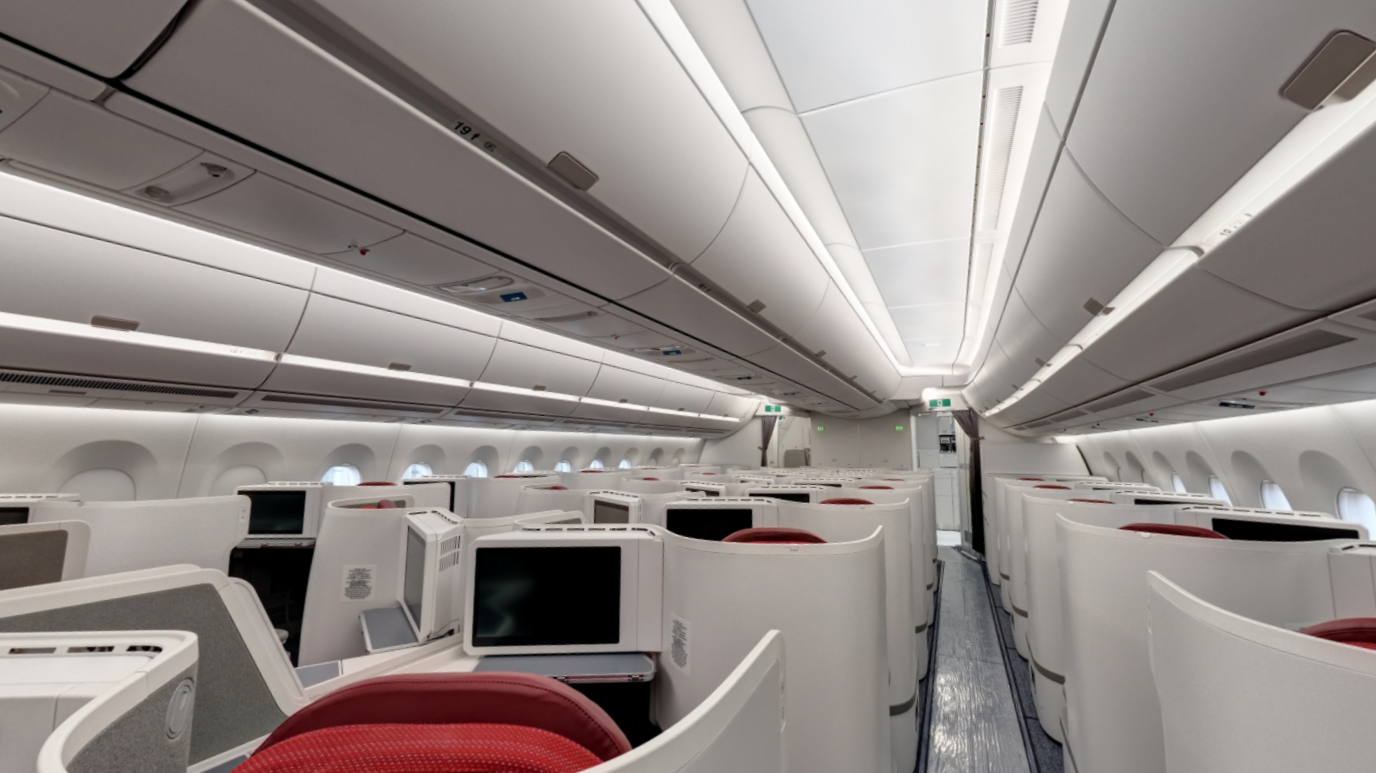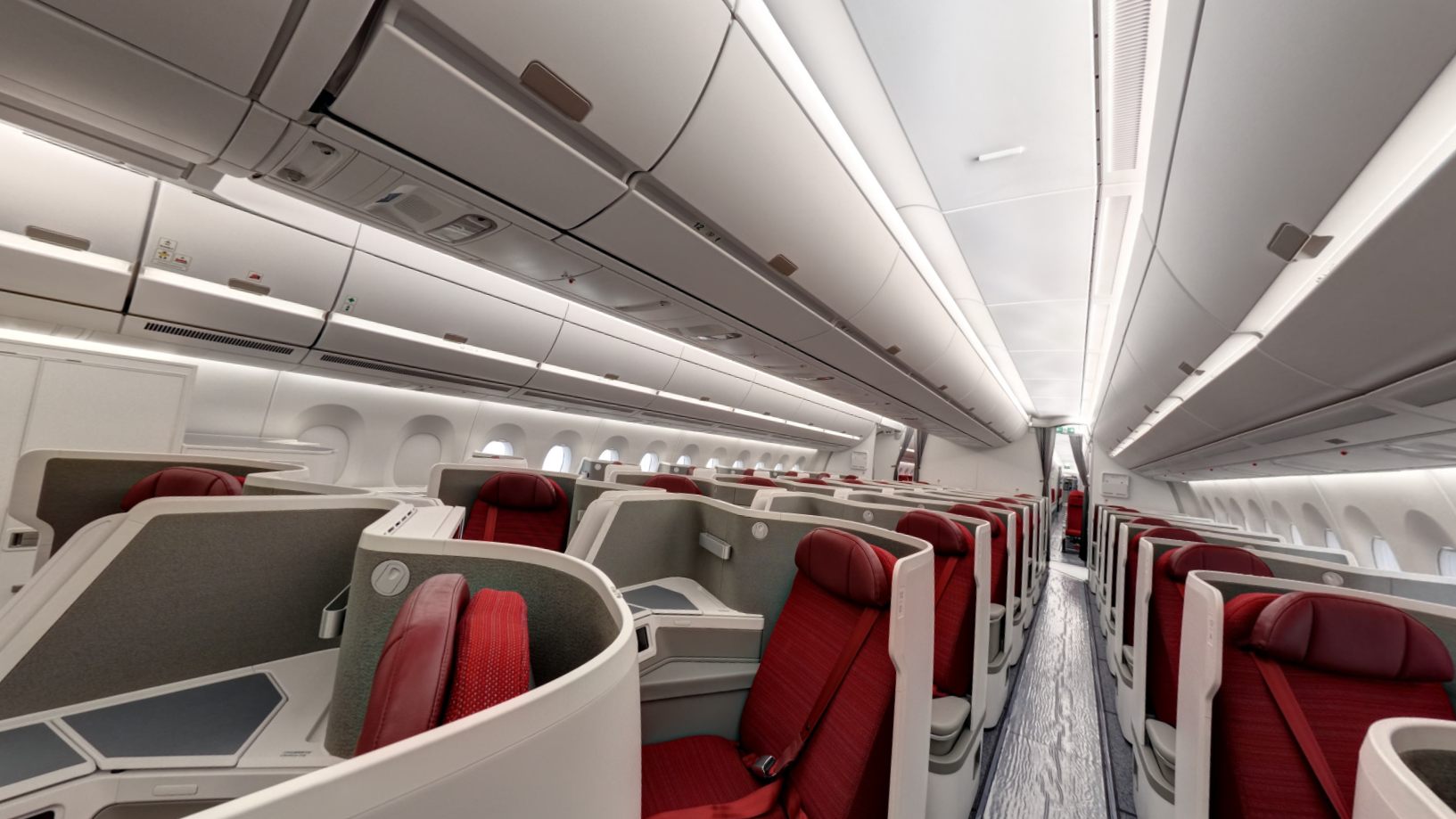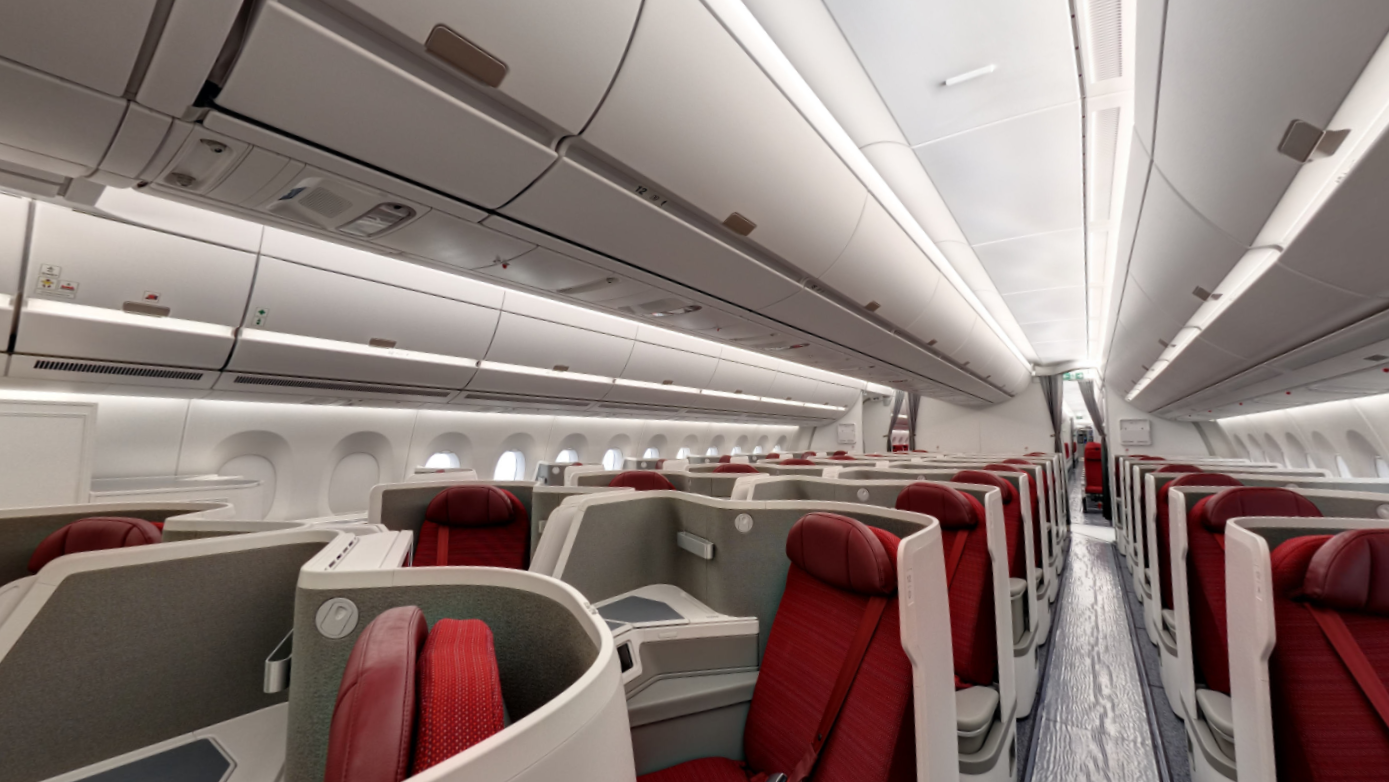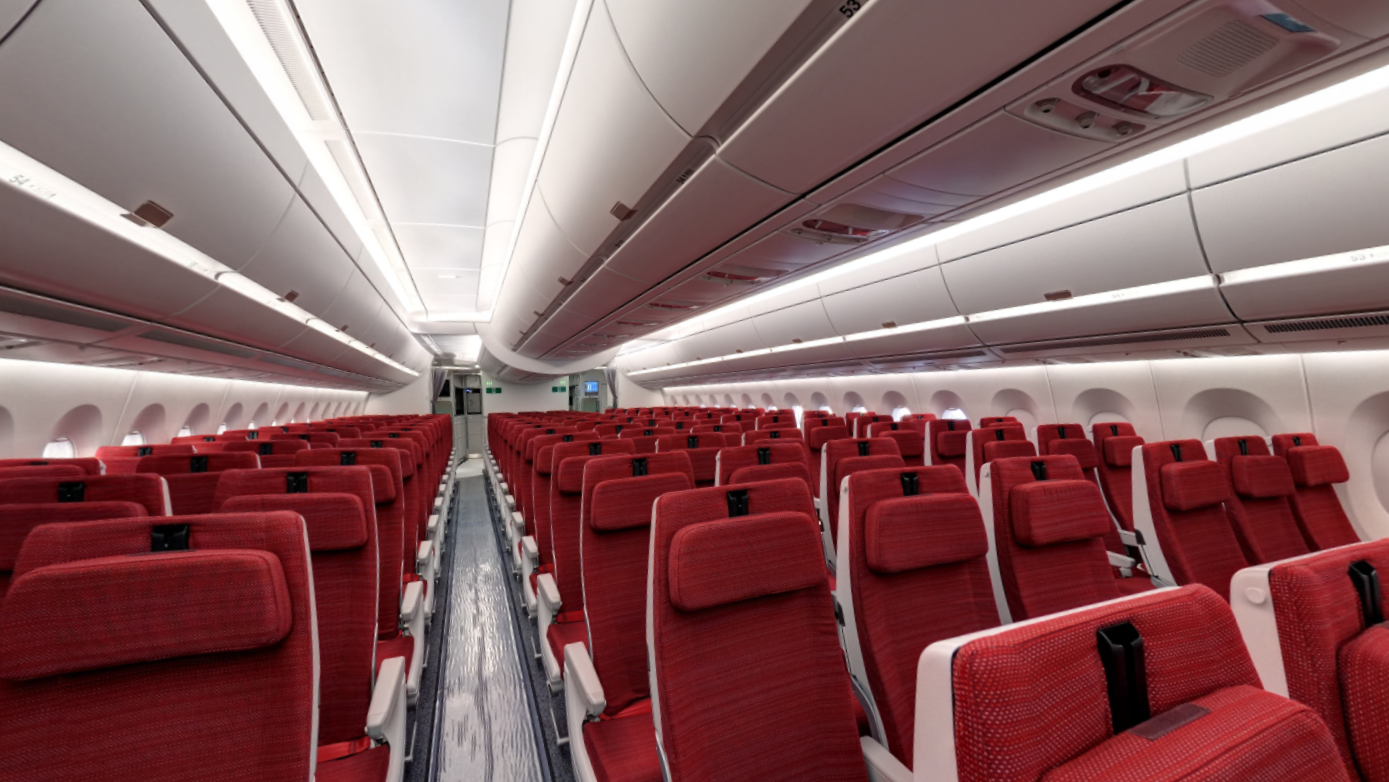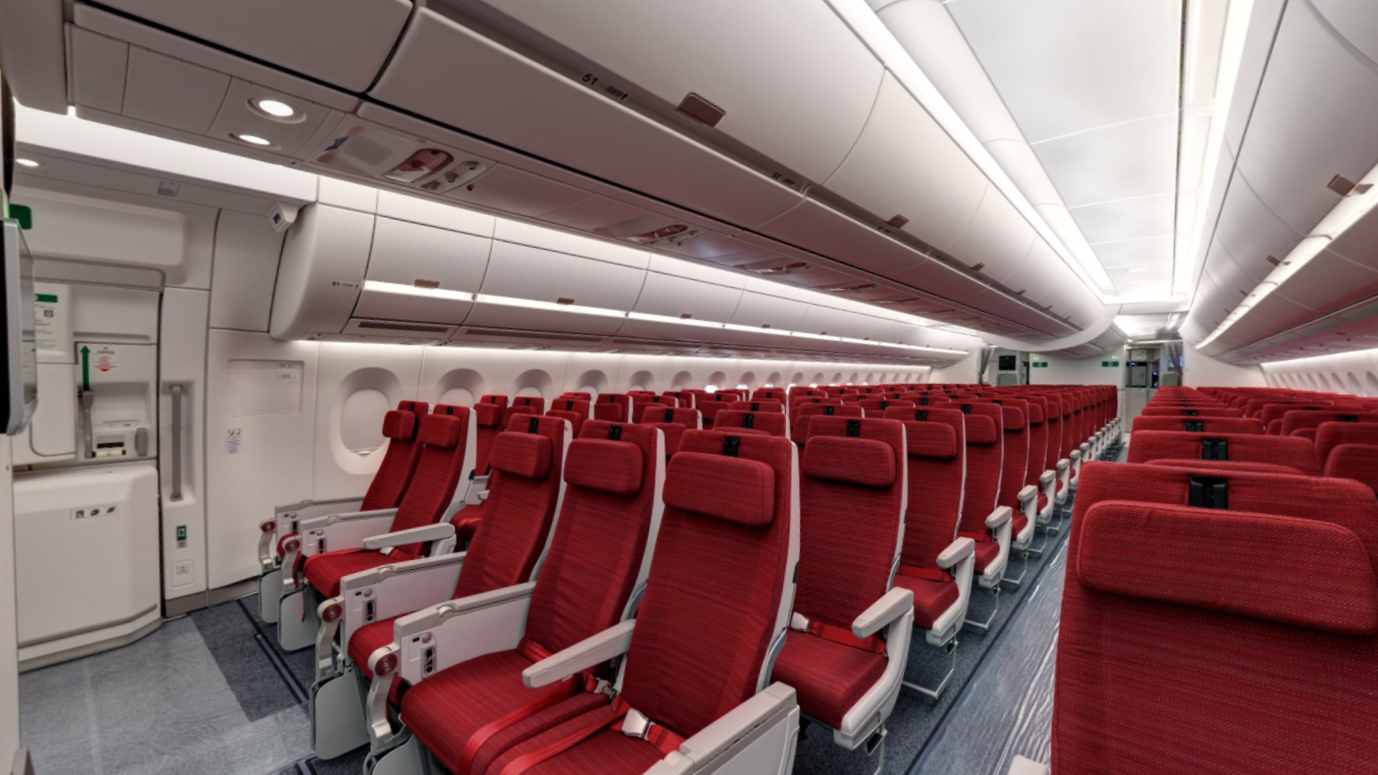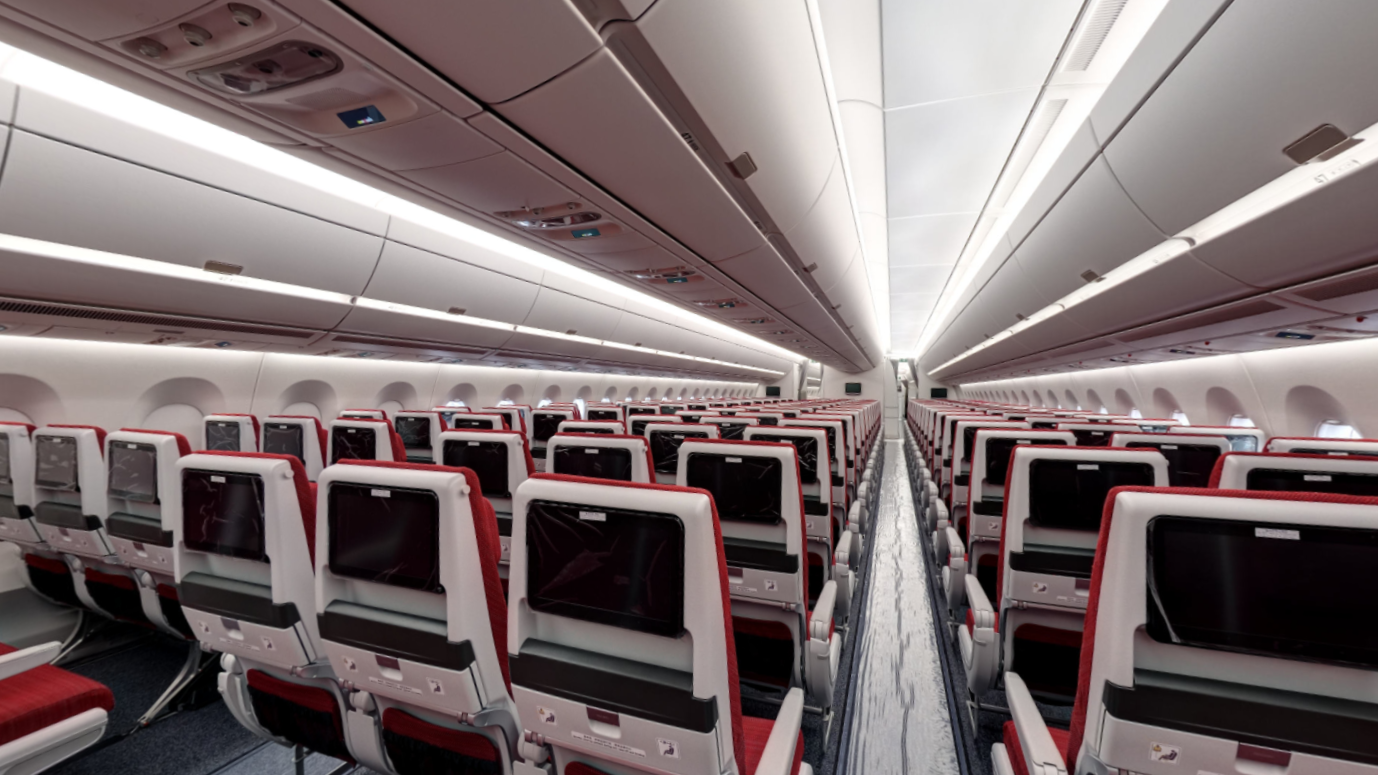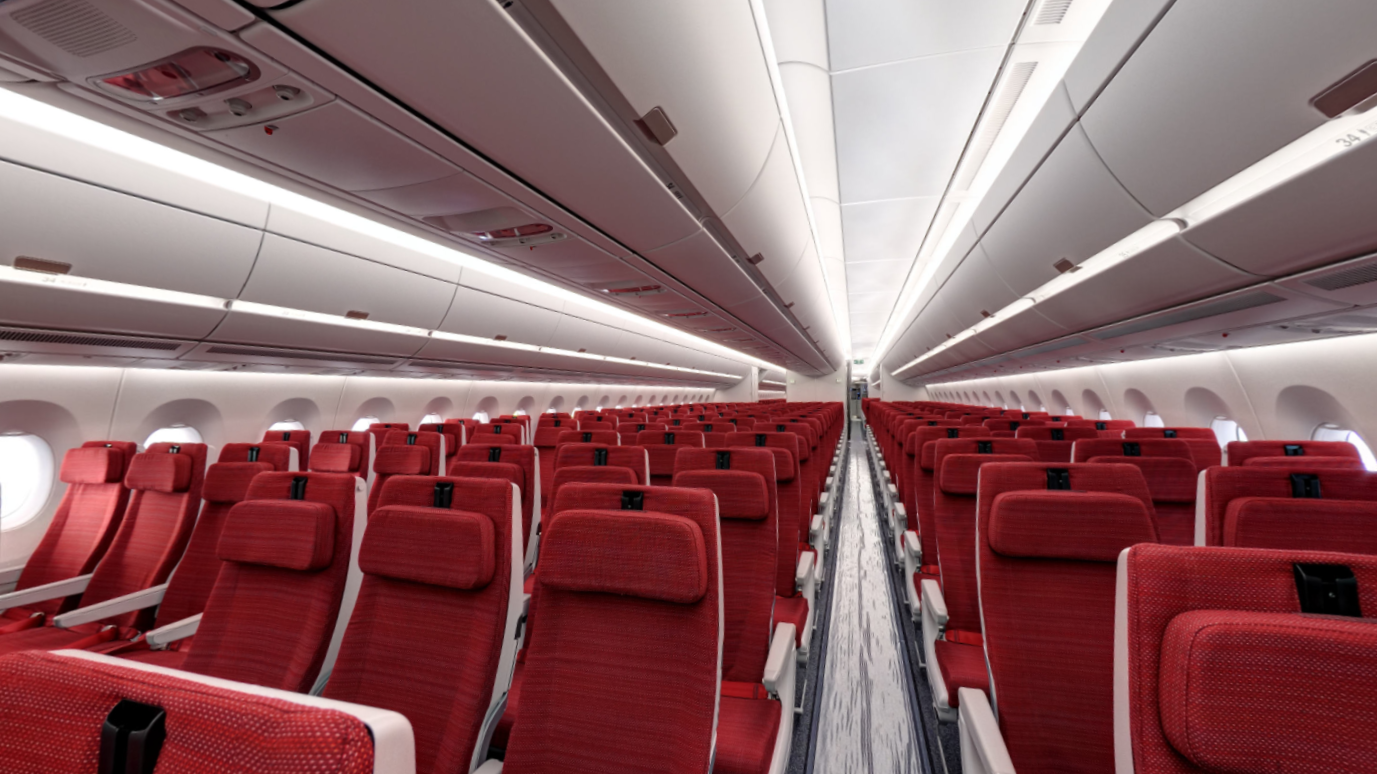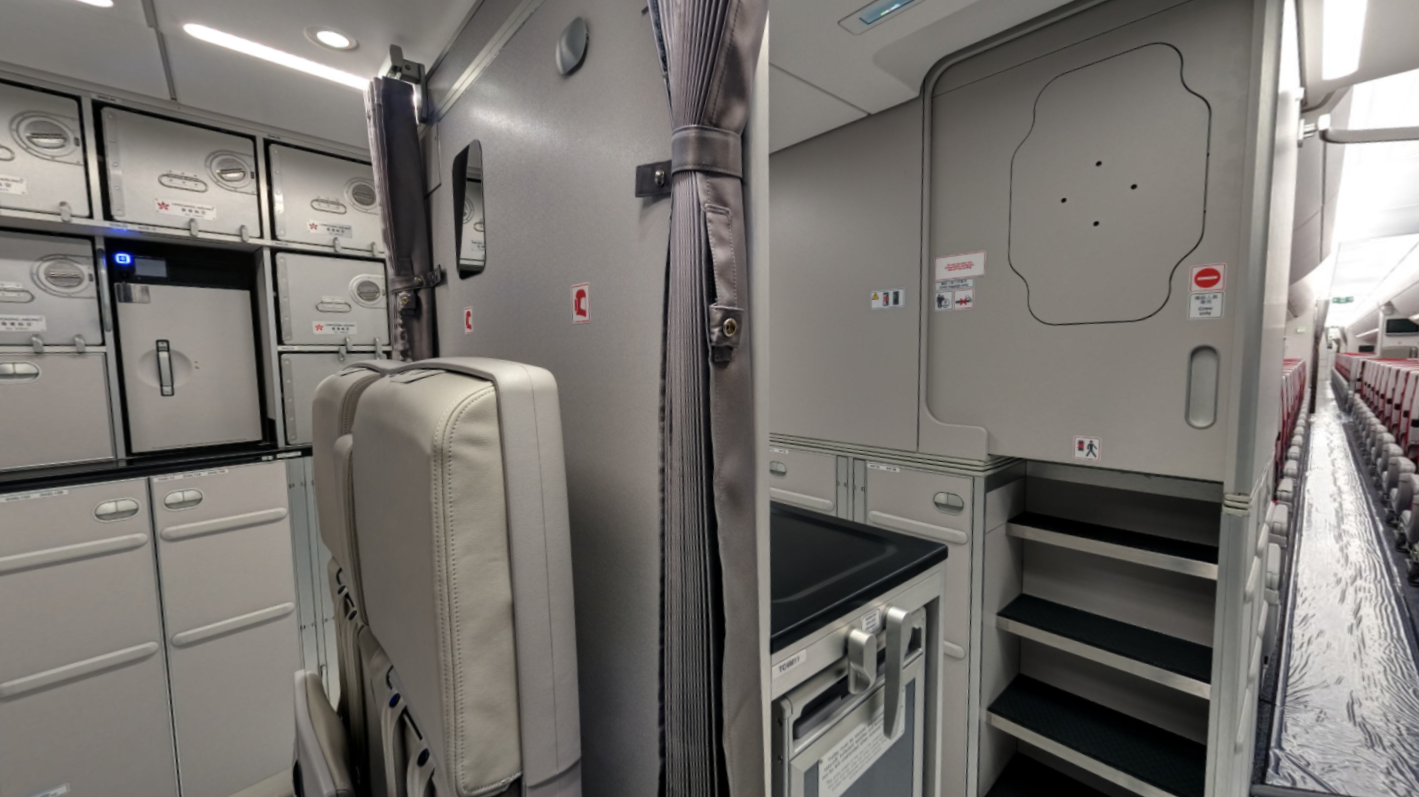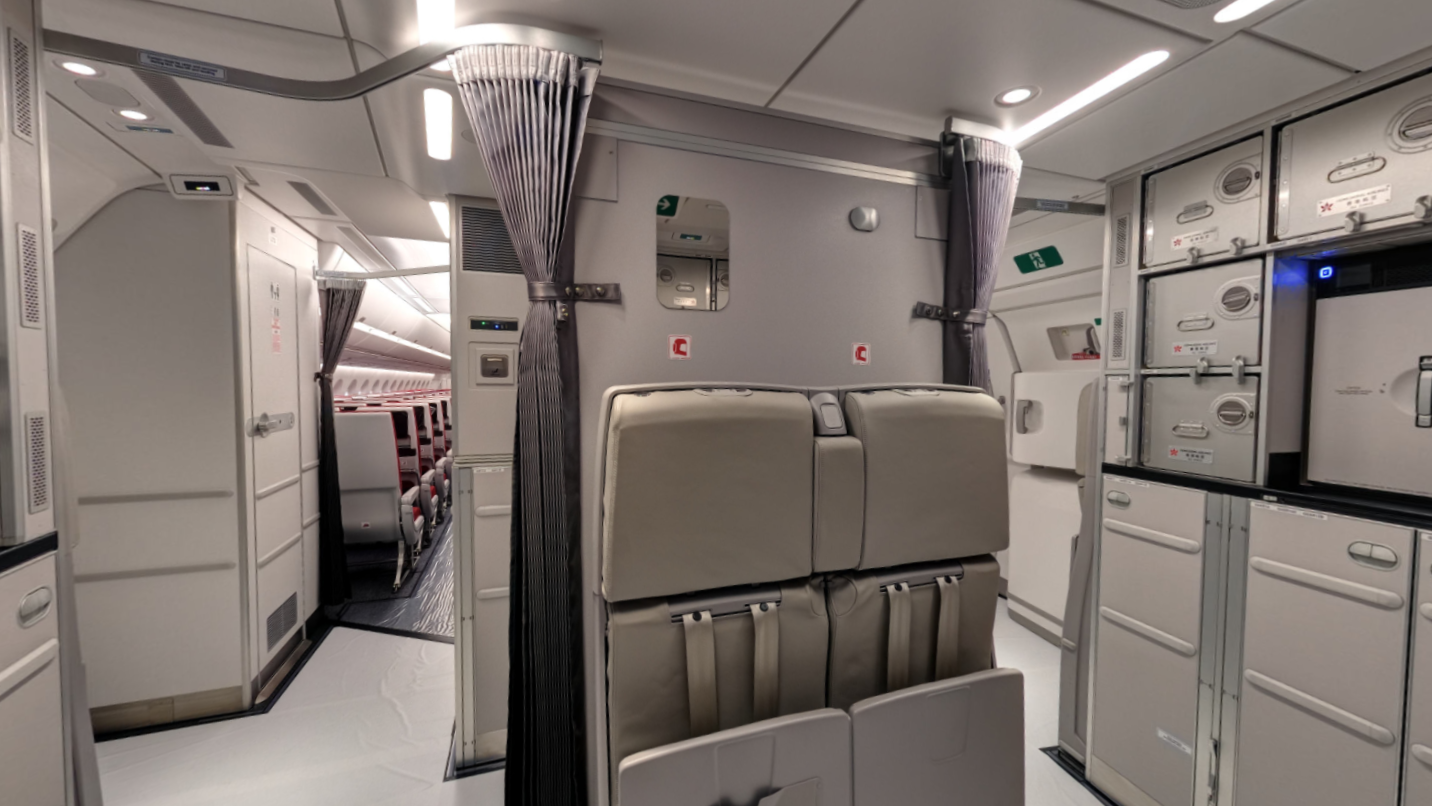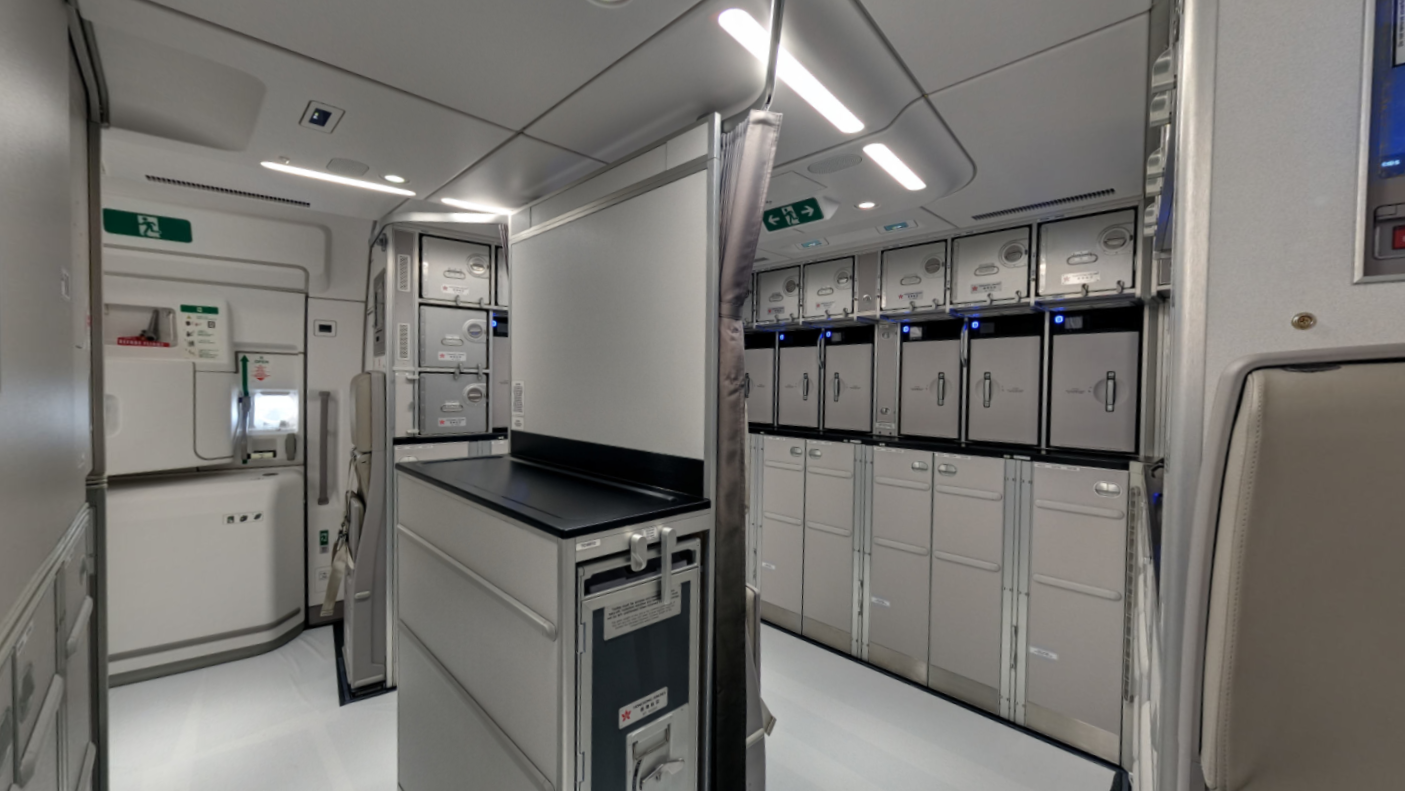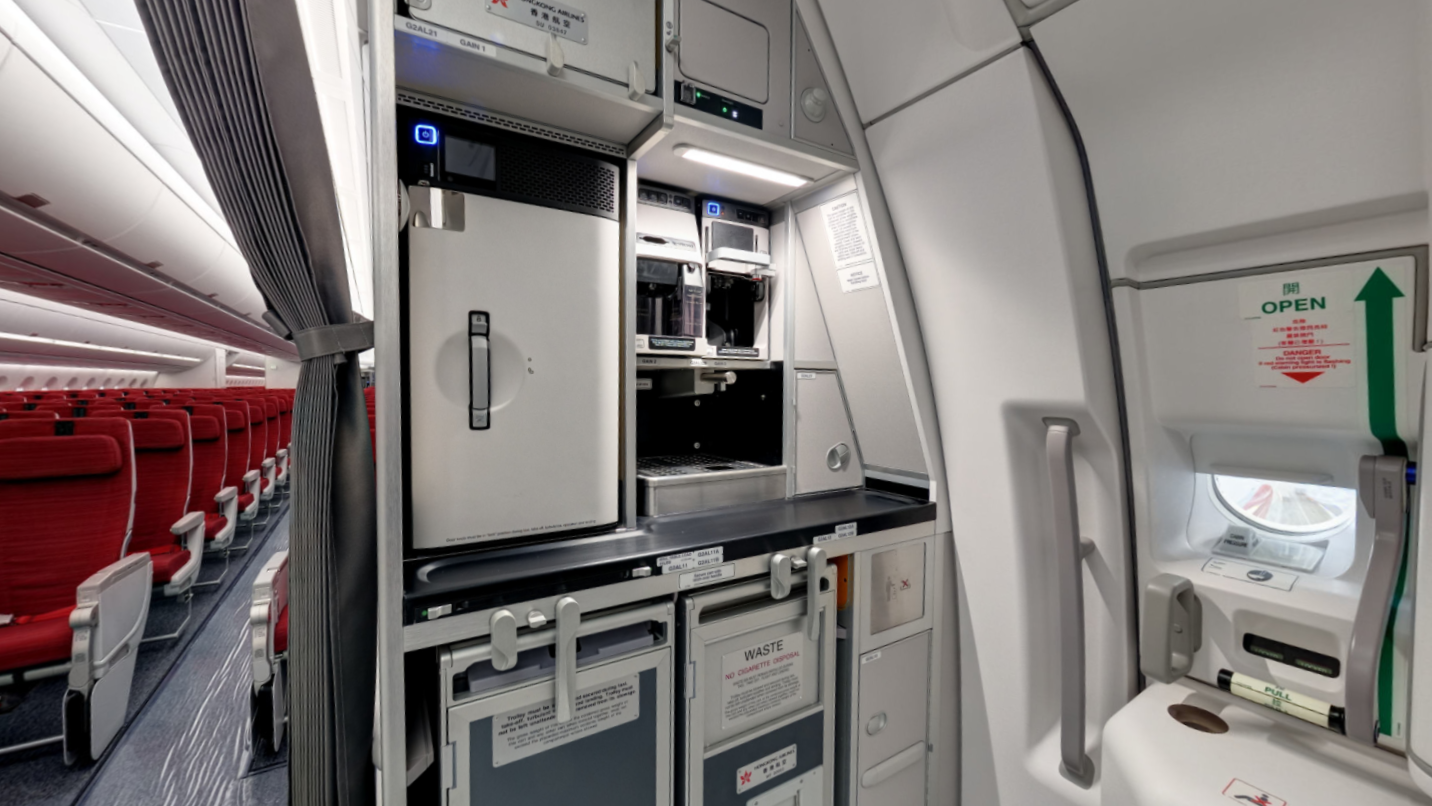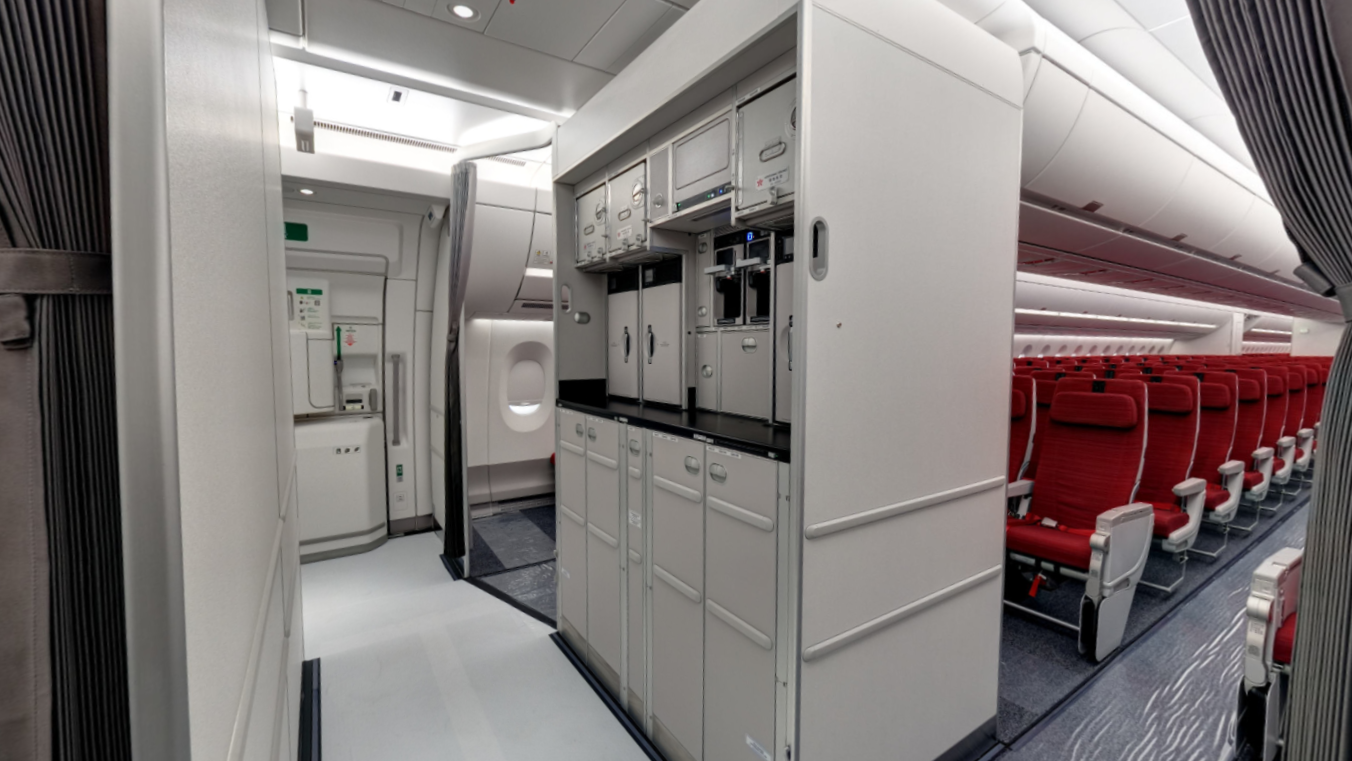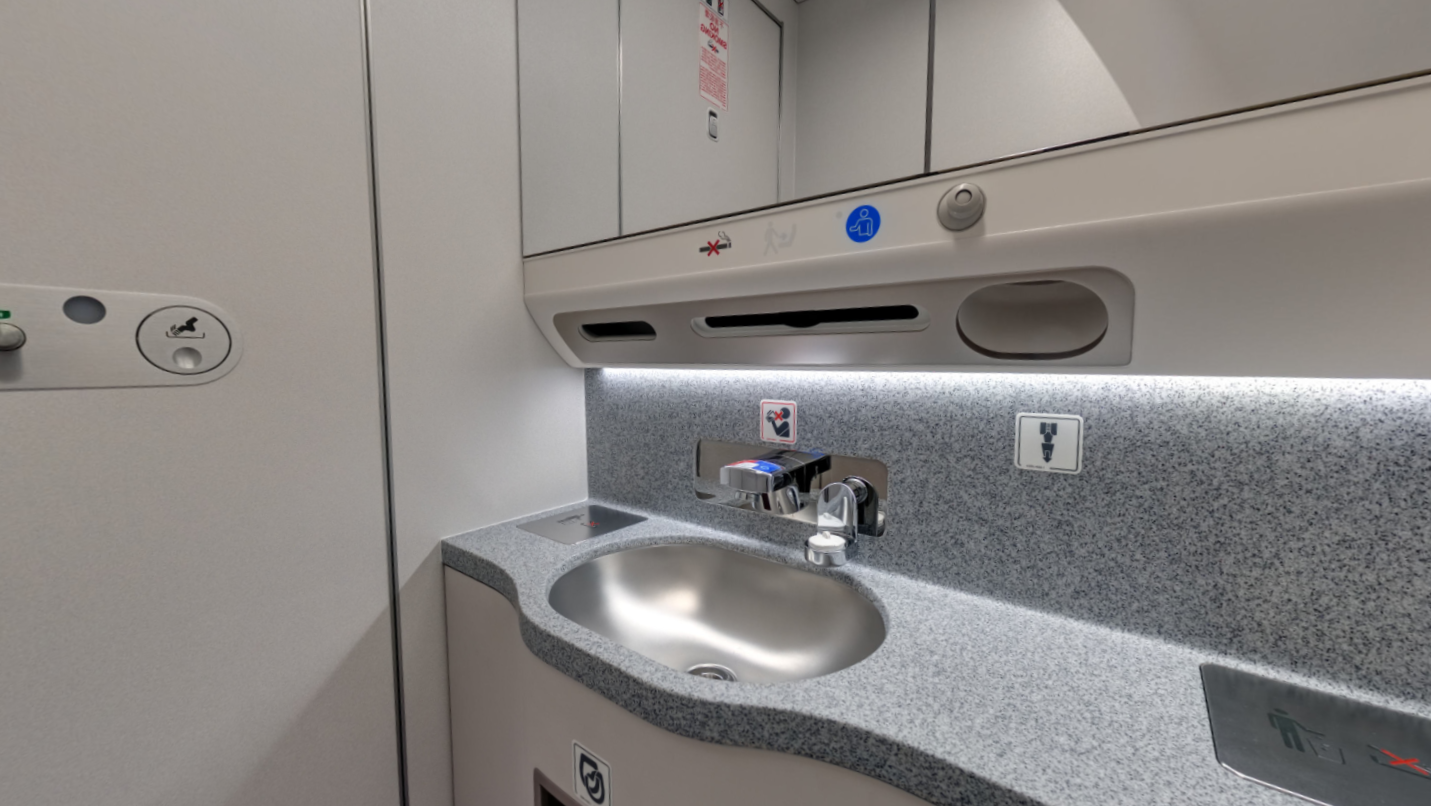
Airbus A350
Clean sheet. Clean start.
A350-900 (template)
This page is for China Airlines use only
The A350-900 is the cornerstone member of Airbus’ all-new A350 Family, which is shaping the future air travel. This jetliner accommodates between 300 and 350 passengers in a standard three-class configuration and its state-of-the-art comfort and amenities ensure that everyone on-board enjoys a pleasant flight. As with all A350 models, its fuselage is built with carbon-fibre reinforced plastic (CFRP) – which supports lower fuel burn, easier maintenance and increased resistance to corrosion.
Marcel GRAUER (marcel.grauer@airbus.com) Tel: +33 6 11 95 72 88
Sophie DE LACROIX (sophie.de-lacroix@airbus.com) Tel: +33 6 77 97 80 26
Innovative cockpit
Airbus is building on its cockpit design heritage to innovate and evolve the A350’s display technology further than the advances made by the A380. Six very large liquid crystal display (LCD) screens replace the 10 large LCDs on the A380, providing ample room to show all the flight and system information needed for modern air travel, with an additional display area available for future requirements.
A truly state-of-the-art aircraft
Incorporating advances in flight controls, systems and wing design, the A350-900 is a truly state-of-the-art aircraft. These developments have a genuine impact in terms of safety, maintenance and efficiency, meaning that the aircraft reduces its fuel burn significantly – generating savings and reducing its environmental impact.
Airspace
Like all members of the A350 Family, the A350-900 benefits from having the most modern cabin – delivering new standards of comfort to passengers throughout the flight. The advances made in the A350’s cabin have led to development of the Airspace concept, which delivers the perfect space for passenger well-being – exemplified by the A350 – to the rest of Airbus’ aircraft families.
Advanced technologies
As with all A350 models, the fuselage is built with carbon-fibre reinforced plastic (CFRP) – which supports lower fuel burn, easier maintenance and increased resistance to corrosion. The jetliner’s wings also are more efficient and quieter due to their advanced design, which allows them to adapt while airborne – tailoring it for maximum aerodynamic efficiency in the various phases of flight.


